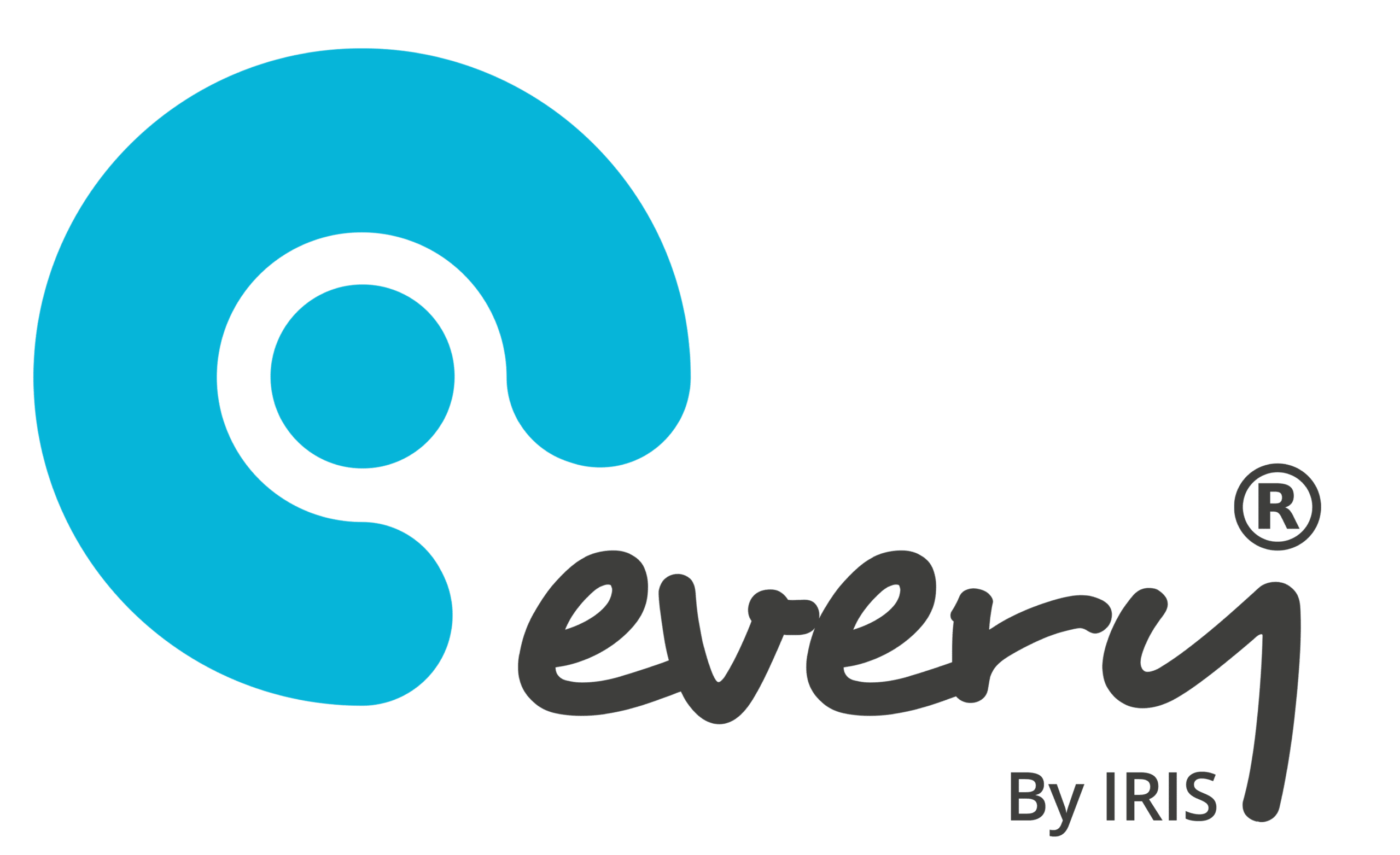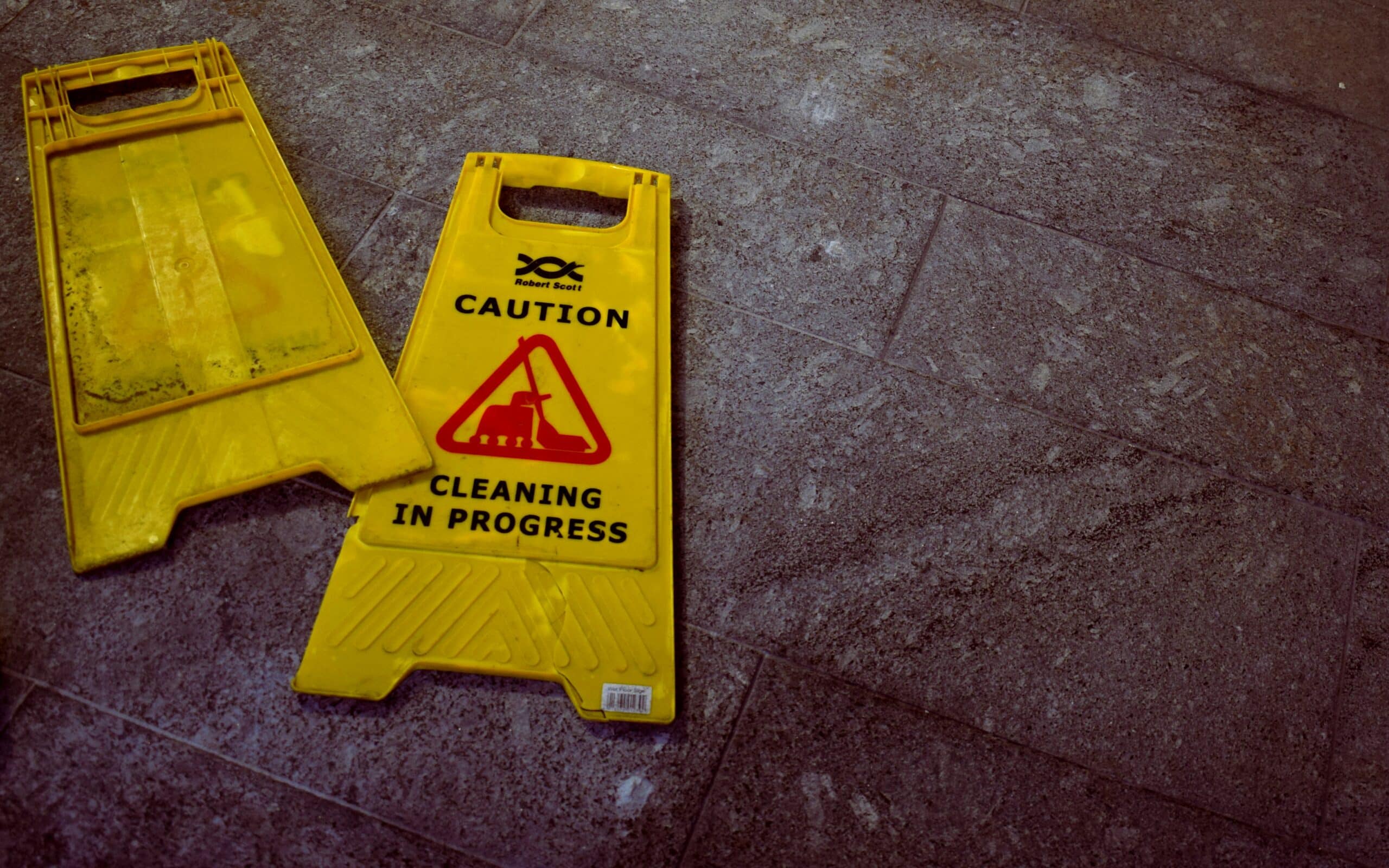What skill set should you need to deliver projects effectively? Are you aware of the stages to follow in successfully managing projects?
Project Management in Schools: A Guide
There is no magic formula for ensuring project planning in education is successful, but there are well proven techniques available to help plan and manage projects. Fundamentally project management software for higher education is about adopting a structured approach to what you should do instinctively. Project management compliance gives you a framework; for example at certain points in the process it prompts you to take a step back and reflect on progress and what options are available.
School projects would include:
- Relocating an office
- Changing the IT system
- Extending the kitchen
- Procuring mobile classrooms
Every type of project is a finite process, with a definite start and end; projects always need to be managed in order to be successful. There are many formal project management methodologies that combine a framework or approach with a set of project tools and guidelines. Some are ‘proprietary’ approaches developed by consulting firms and software houses whilst others are in the public domain. They vary in scale and complexity but all are based around a small core of common principles. Whenever we decide we want to do something, go somewhere, build something or achieve something, we need to ask:
- What are we trying to do?
- When will we start?
- What do we need?
- Can we do it alone or do we need help?
- How long will it take and when should it finish?
- How much will it cost?
The project management methodology describes how a project is divided into manageable stages, enabling efficient control of resources and regular progress monitoring throughout the project. Some common reasons why projects fail to deliver are:
- Lack of coordination of resources and activities
- Lack of communication with interested parties
- Poor estimation of duration and costs
- Insufficient measurable criteria used
- Inadequate planning of resources, activities and scheduling
- Lack of control over progress
- Lack of quality control, resulting in the delivery of products that are unacceptable
Without a project management method those who commission, manage and work on it may have different ideas about how things should be organised and when the different aspects of the project will be completed. Those involved will not be clear about how much responsibility, authority and accountability they have and consequently there will often be confusion surrounding the project. Without a management method projects are rarely completed on time and within acceptable cost. A good project management method will guide the project through a controlled, well-managed, visible set of activities to achieve the desired results.
“PRINCE2” is a project management methodology developed by the UK government and used extensively as the de facto project management standard for public projects. The stages in applying a project management approach are summarised below and various techniques are used including charts, activity lists and risk registers (see samples below). A Gantt — or bar — chart lists all activities and shows times required, dependencies between the activities and milestone points. The critical path is the sequence of activities which determines the shortest possible time to complete the project. Any delay of an activity on this critical path directly impacts on the planned completion date.
Launching your project
Consider who needs to be consulted and what for; putting the business case together; governance structure – consult and involve governors; leadership team
Defining the project
Identify who does what; define responsibilities.
Scheduling and budgeting
List all activities; identify milestones and estimate time for each activity; identify critical path (those activities which have to be completed by the due date in order to complete the project on time).
Managing project risks
Carry out a full risk analysis and document it in a risk register (see am example at the end of this guidance document); regularly review each risk to ensure you are managing them.
Running the project
Spend time communicating with key stakeholders and how you may need to influence and communicate with them.
Project tracking and monitoring
Use Gantt chart (or simulate one in Excel) to monitor progress against the plan; use the milestone dates to check the project is where it should be and correct the project plan; agree a system for project changes – have an agreed system for monitoring and approving changes; use change control forms and obtain formal sign off by the sponsor.
Reporting project status
Keep accurate records of your project for audit purposes and to ensure you have documents which enable you to monitor changes; distribute action points against each item on the agenda and circulate within 24 hours of progress meetings.
Project closure
Invite key stakeholders, sponsor, and project team to the post project review; assess whether risks were managed well and whether you delivered against time, budget and quality requirements.
Every as a project tool
Every was not designed specifically as a project management tool, though it was developed to help schools manage:
- A large number of different activities involving multiple suppliers and internal stakeholders
- Activities involving people operating at different levels
- Communication across teams who are spread across different locations
- The secure storage, and remote access of documents
- The need to create robust, inspection-proof audit trails
- The need to report on spend and work done quickly and at short notice
- The need to manage multiple contracts and suppliers
- The need to progress planned work whilst also dealing with issues arising in a timely and effective manner
It is therefore not surprising that Every is being widely used in schools to assist in the management of medium-sized projects with the reasons being given by schools including:
- Every automatically creates audit trails, so the project manager can see when work was assigned to different team members / suppliers and what communication has taken place under each activity
- It provides a mean of communication to all project members / suppliers
- It automatically sends email alerts to key project team members, helping to minimise the risk of deadlines slipping
- It provides a horizon of upcoming activities to aid the project manager
- It offers reporting tools, meaning reports for project sponsors, governors, funding agencies
- It links to a guidance library, meaning project managers have a dedicated space where they can check legislative requirements
- It offers unlimited off-site secure document storage, enabling the storage of risk registers, tender documents etc
- Schools do not have the budget / see the need to invest in specific project management software when they are already using Every as a contract management / asset management / premises management system
In the context of major school development and building work, the project manager will be appointed at the beginning of a project and will assist the client in developing the project brief and then selecting, appointing and co-ordinating the project team. He or she will then usually represent the client throughout the entire development process, managing the requirements of the client, consultants, contractors and other stakeholders. The Royal Institution of Chartered Surveyors defines the activities and tasks commonly undertaken by the project manager as:
- Identifying needs and developing the client brief
- Leading and managing project teams
- Identifying and managing project risks
- Establishing communication and management protocols
- Managing the feasibility and strategy stages
- Establishing the project budget and programme
- Co-ordinating legal and other regulatory consents
- Advising on the selection/appointment of the project team
- Managing the integration and flow of design information – drawings, specifications
- Managing the preparation of design and construction
- Programmes/schedules and critical path networks
- Advising on alternative procurement strategies – design and build, different types of contract
- Advising on risk management strategy
- Conducting tender evaluation and contractor selection
- Establishing time, cost, quality and function control benchmarks
- Controlling, monitoring and reporting on project progress
- Administration consultant appointments and construction contracts
To see how Every can help with project management within your organisation book a demo below.
| Thank you for Signing Up |




